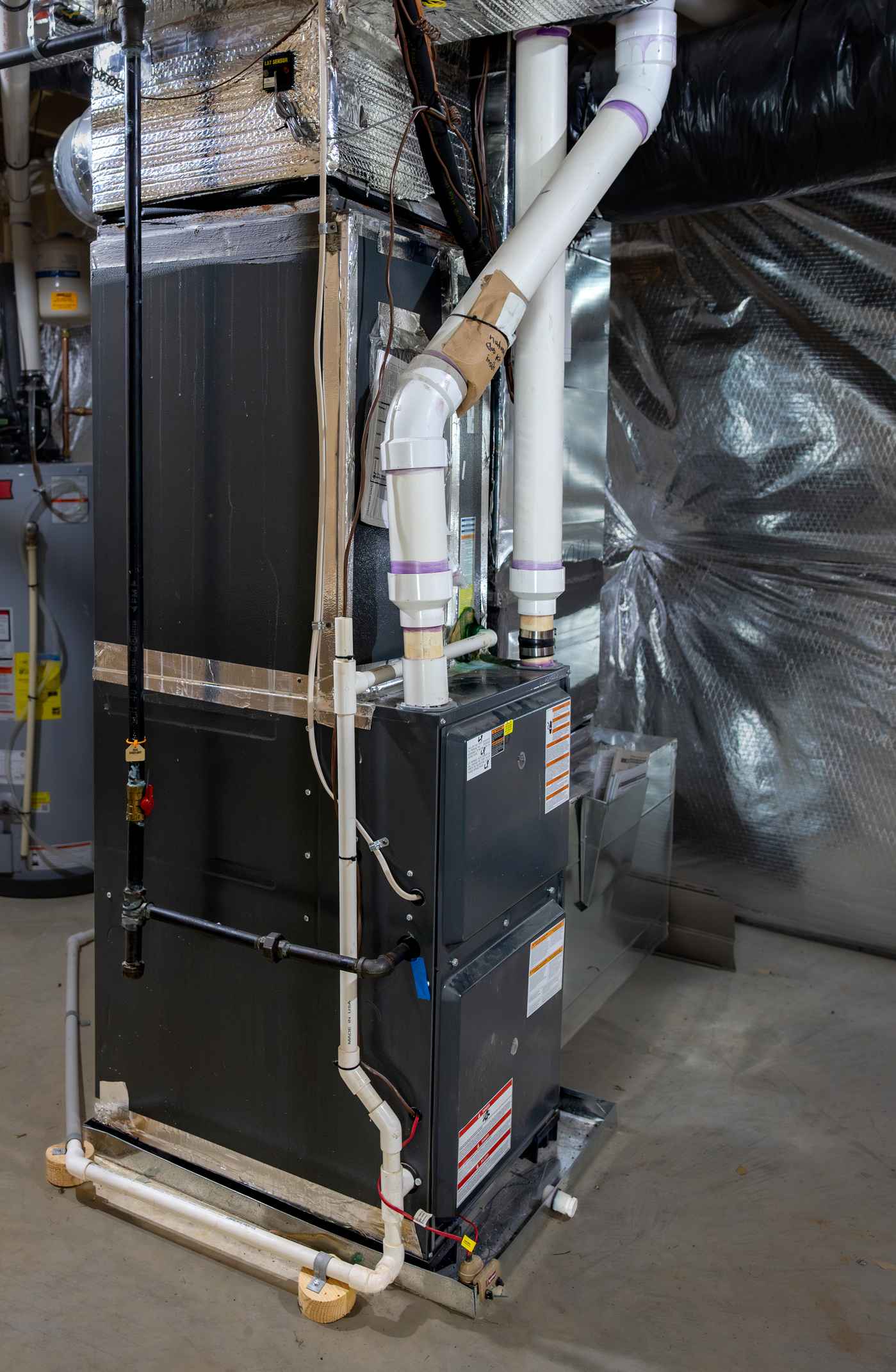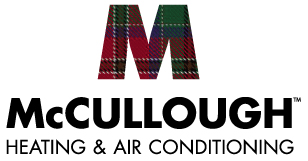4.8 Google Rating
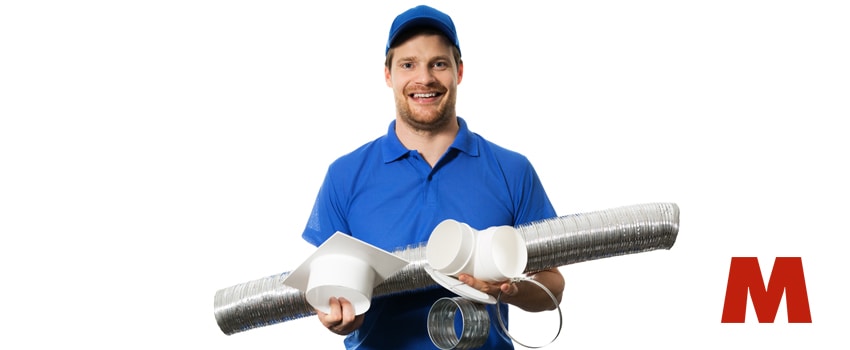
Adding Central Heat After a Floor Furnace
If you have a floor furnace and are considering upgrading to central heat, you’re not alone. Many homeowners with older heating systems want to experience the comfort and efficiency that central heating offers. But before making the switch, it’s important to understand the process, benefits, and considerations. Whether you’re concerned about the cost or curious about how this upgrade can transform your home’s comfort, this guide will walk you through what to expect when upgrading from a floor furnace to central heat.
What Is a Floor Furnace?
A floor furnace is an older type of heating system that works by radiating heat through grilles placed in the floor. It typically uses natural gas and is common in older homes, especially in regions with mild winters. These furnaces rely on convection to distribute warm air and don’t require ductwork, making them a more basic option compared to modern heating systems.
While floor furnaces can effectively heat smaller areas, they often fall short in larger homes, and many homeowners find them less efficient than central heat systems. This is especially true for homes with multiple rooms, where the warmth may not spread evenly. Another drawback is that these systems may pose safety risks, particularly if they are outdated or poorly maintained. For example, they can become fire hazards or lead to carbon monoxide leaks if not properly vented.
Why Switch to Central Heat?
Central heat, on the other hand, offers several advantages over floor furnaces. By circulating warm air through a system of ducts and vents, central heating systems can distribute heat more evenly throughout your home. This results in a consistent and comfortable indoor environment, no matter which room you’re in. If you’re tired of cold spots or feeling chilly in one part of your home while another is warm, central heat can solve that issue.
Beyond comfort, central heating systems are typically more energy-efficient than floor furnaces, especially when paired with a modern, high-efficiency furnace or heat pump. Upgrading to central heat can help lower your energy bills and reduce your carbon footprint, making it a long-term investment that can save money over time.
Another key benefit of central heat is improved indoor air quality. With floor furnaces, dust and debris can settle in the grilles, impacting air quality and potentially aggravating allergies. Central heating systems, especially when paired with air filtration options, can provide cleaner air throughout the home.
The Installation Process
The installation process for central heat involves several steps, each of which requires careful planning and execution. Here’s what you can expect:
Evaluation of Current System and Home Layout
A professional HVAC technician will first assess your existing heating system and your home’s layout. This will determine what’s needed to transition from a floor furnace to central heat. They’ll check if your home already has ductwork or if new ducts will need to be installed, as well as identify the best location for the central heating unit.
Choosing the Right Central Heating System
There are several options available for central heat, including furnaces, heat pumps, and hybrid systems. Your HVAC professional will recommend the best system based on the size of your home, your heating needs, and energy efficiency goals. McCullough Heating & Air Conditioning offers a wide selection of high-efficiency heating systems to fit your budget and comfort needs.
Installation of Ductwork (If Necessary)
If your home doesn’t already have ductwork in place, this will be one of the most significant steps in the installation process. Installing ducts requires careful planning to ensure that they’re routed through your home’s walls, attic, or crawl space without compromising the structure. While this can increase the floor furnace cost of the upgrade, the long-term benefits make it worth the investment.
Installing the Central Heating Unit
Once the ductwork is installed (or inspected, if it already exists), the central heating unit is positioned. This can either be a furnace or heat pump, depending on your chosen system. The unit will be connected to your home’s electrical or gas supply, and the technician will ensure that all safety codes are met.
Testing and Final Adjustments
After installation, your HVAC technician will test the system to ensure it’s working efficiently. They’ll check the airflow in each room, calibrate the thermostat, and make sure the heat is being distributed evenly throughout the home.
Costs to Consider
When transitioning from a floor furnace to central heat, it’s essential to consider the total floor furnace cost involved in the upgrade. Several factors will influence the price, including:
- Ductwork installation (if needed): Homes without existing ducts will need them installed, which adds to the total cost.
- The central heating unit: Whether you choose a furnace, heat pump, or hybrid system, the cost of the unit will vary depending on the brand and efficiency rating.
- Labor costs: Installation labor varies depending on the complexity of the job and your home’s layout.
- Permits and inspections: Depending on your location, you may need permits for the installation of a new heating system, and these costs can add up.
On average, the cost of upgrading from a floor furnace to central heat can range from $5,000 to $10,000, but this will vary based on your specific home and needs.
Maintenance and Long-Term Benefits
Once your new central heating system is installed, regular maintenance is crucial for ensuring its longevity and efficiency. You should have the system inspected annually by an HVAC professional to clean the ducts, replace air filters, and check for any potential issues. With proper care, a central heating system can last 15 to 20 years, providing reliable warmth and comfort throughout its lifespan.
Additionally, central heating systems are often more compatible with smart thermostats, which can help you optimize energy usage and further reduce heating costs.
Conclusion
Upgrading from a floor furnace to central heat is a significant investment, but the benefits in comfort, energy efficiency, and indoor air quality make it a worthwhile decision for many homeowners. While the floor furnace cost of this upgrade can vary depending on your home’s layout and the system you choose, the long-term advantages of a central heating system far outweigh the initial expense.
If you’re ready to make the switch to central heat, McCullough Heating & Air Conditioning is here to help. Our team of experienced HVAC professionals can guide you through every step of the process, from selecting the right system to installing it efficiently. Contact us today to discuss your heating upgrade and schedule a consultation. Your comfort is our priority!
Recent News
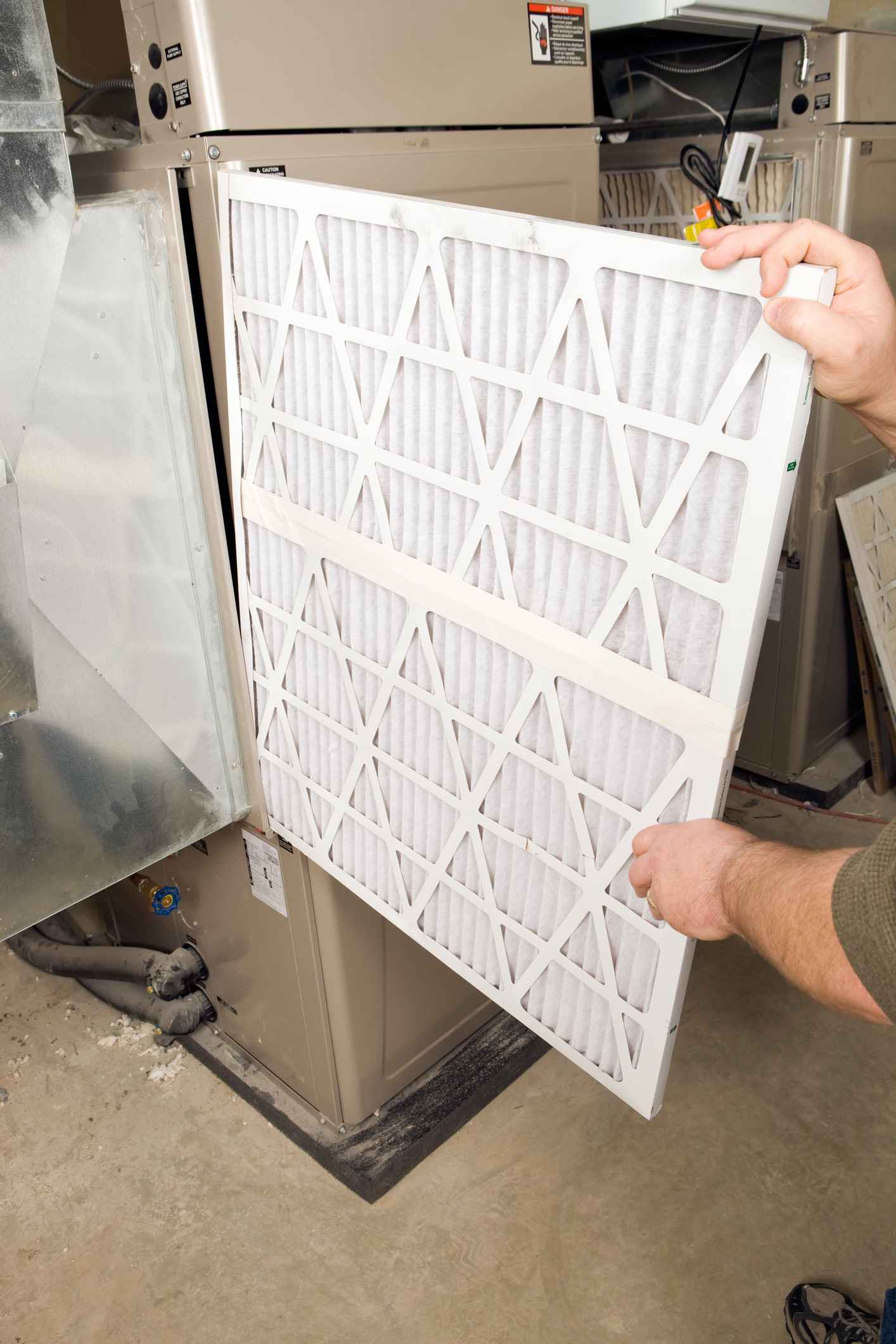
December HVAC Checklist: How Austin Homeowners Can Stay Warm During Sudden Cold Snaps

The Hidden Costs of Ignoring HVAC Duct Leaks in Austin’s Humid Climate

What Makes McCullough Heating & Air Conditioning the Right Choice for Austin Heating Needs

Why Texas Homeowners Are Upgrading to Heat Pumps in 2026: Efficiency & Tax Credit Insights
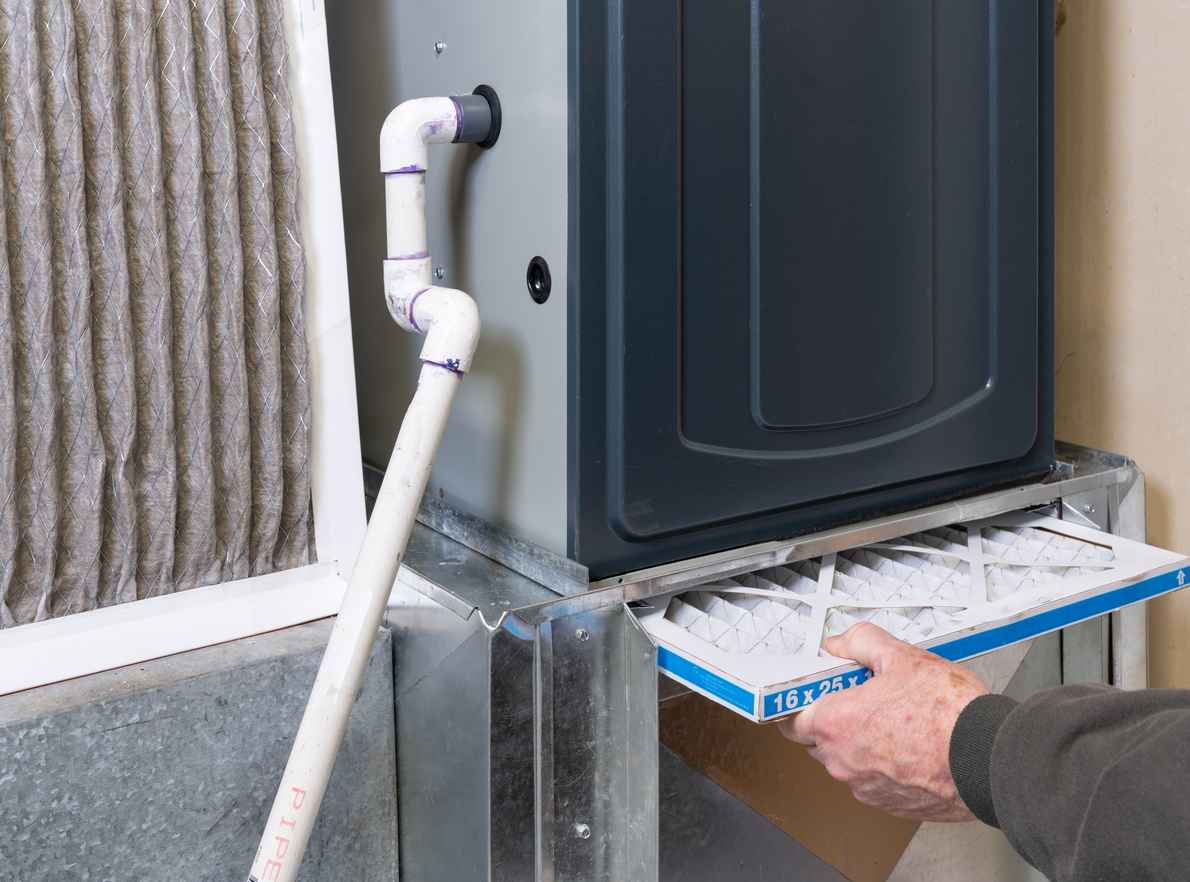
Is Your Furnace Ready for a Central Texas Winter? Austin Homeowners Should Check This First

Don’t Get Spooked by Strange HVAC Noises This Halloween: Austin’s Guide to a Fright-Free, Cozy Home
